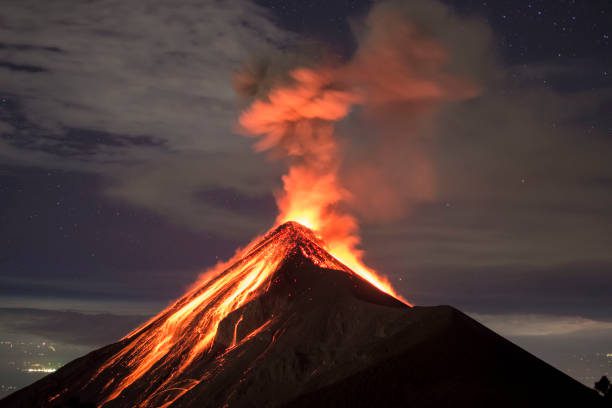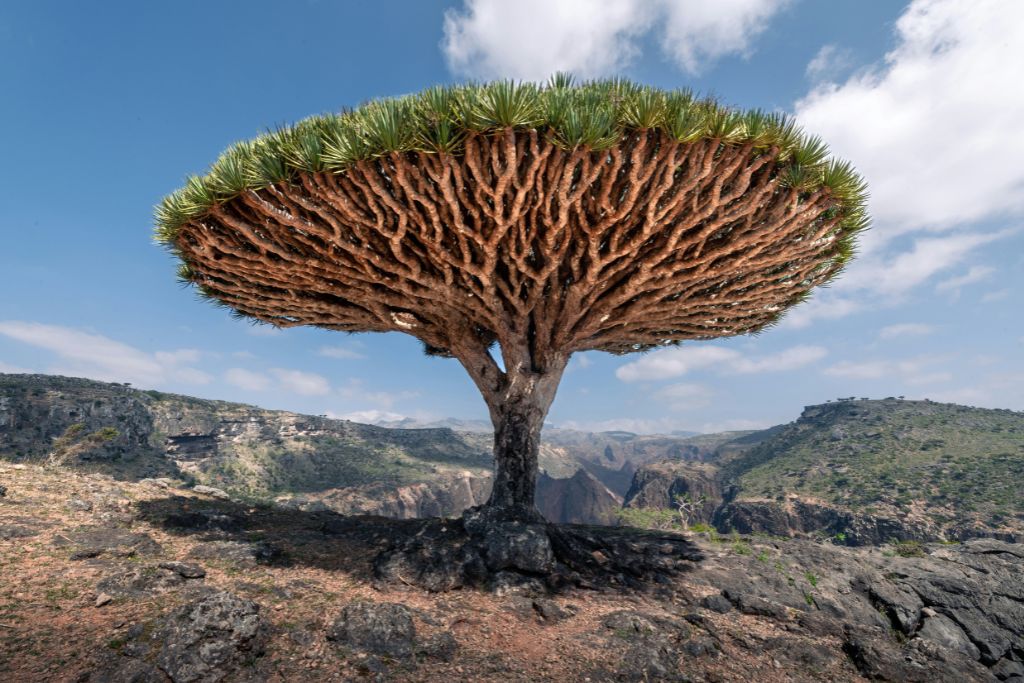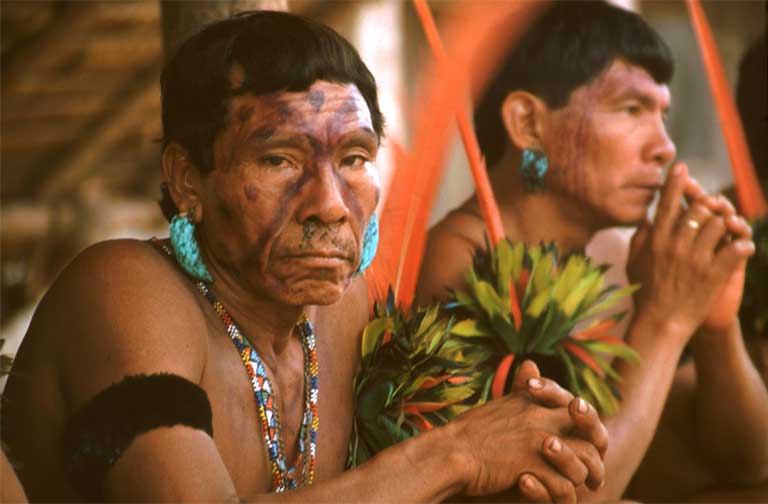Forget zoos—the planet’s most extraordinary creatures thrive in remote jungles, untouched islands, and harsh deserts. If you’re willing to venture off the beaten path, you can witness critically endangered species in their natural habitats.
Here’s your guide to spotting the world’s rarest wildlife, including where to go, the best times to visit, and how to travel responsibly.
1. Snow Leopard – Himalayas, Central Asia
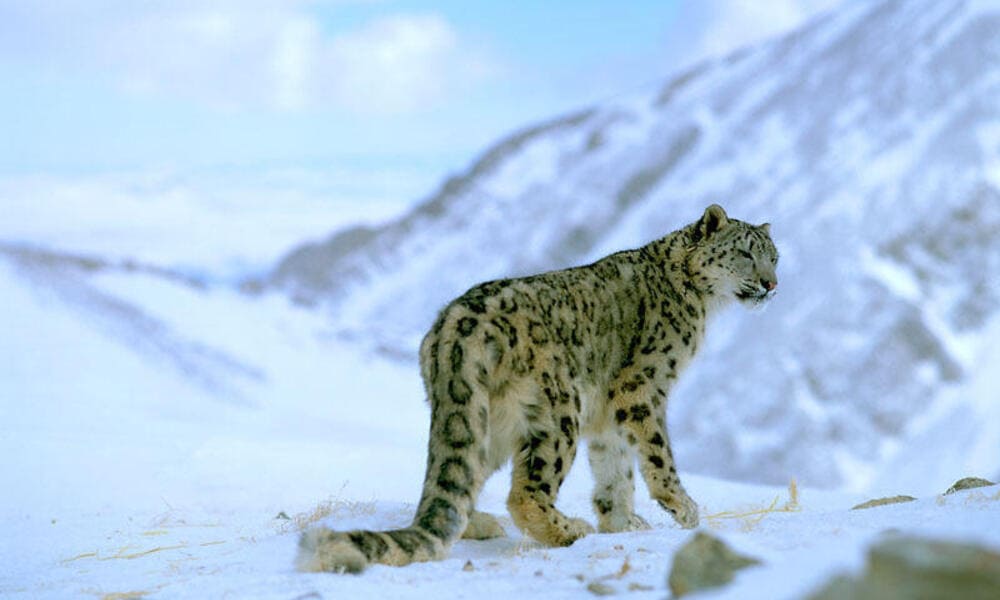
📍 Where: Hemis National Park (India), Ladakh, or Mongolia
🕒 Best Time: November–March (when they descend to lower elevations)
🎯 Why Rare? Only 4,000–6,500 remain due to poaching and habitat loss.
🐾 How to Spot: Join a tracking expedition with local guides (e.g., Snow Leopard Conservancy India). Night-vision cameras help!
💡 Tip: Visit Ulay Valley, Mongolia, for higher sighting odds.
2. Vaquita – Gulf of California, Mexico
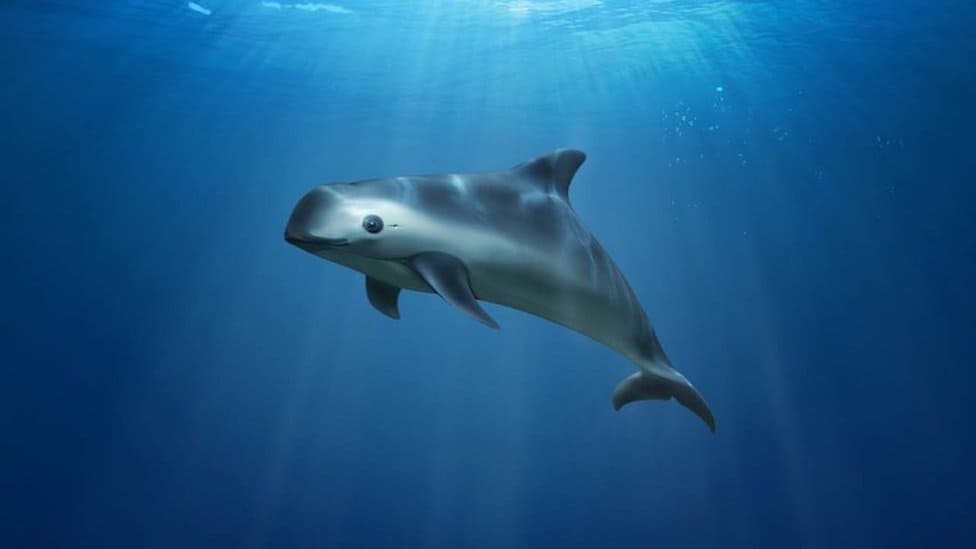
📍 Where: Sea of Cortez, Mexico
🕒 Best Time: April–May (calmer seas)
🎯 Why Rare? Fewer than 10 remain—the world’s most endangered marine mammal.
🐬 How to Spot: Support conservation boats (e.g., Sea Shepherd) patrolling illegal fishing zones.
⚠️ Warning: Avoid tourist boats—they stress the species.
3. Javan Rhino – Ujung Kulon, Indonesia
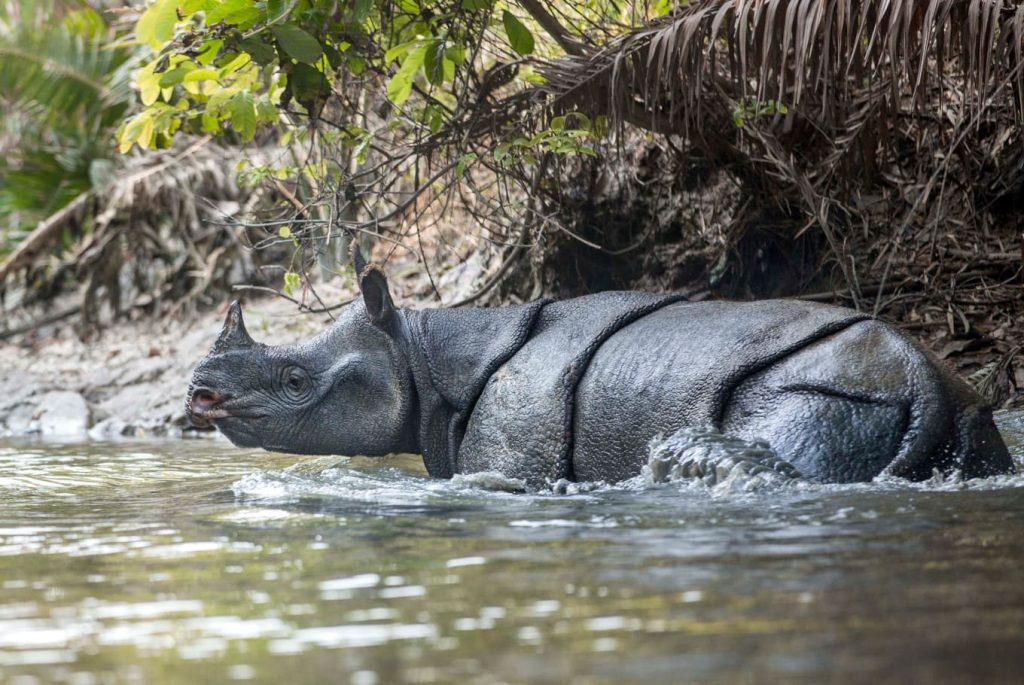
📍 Where: Ujung Kulon National Park, Java
🕒 Best Time: Dry season (April–October)
🎯 Why Rare? Only 76 exist—the rarest rhino species.
🦏 How to Spot: Camera traps and ranger-led jungle treks (no guarantees).
💡 Fact: They’re so shy, even researchers rarely see them.
4. Pangolin – Southeast Asia & Africa
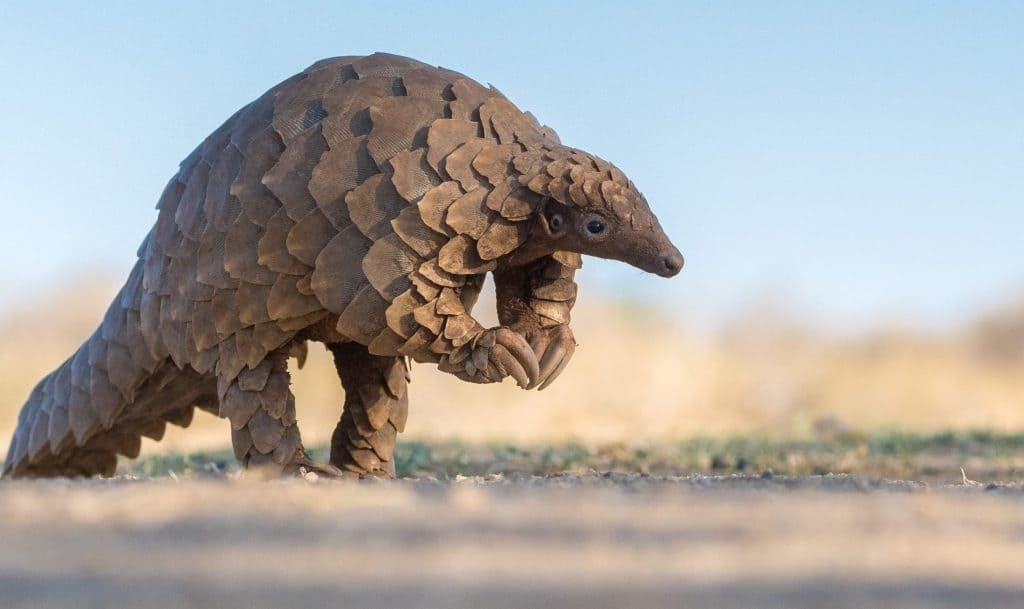
📍 Where: Taman Negara (Malaysia), Kruger Park (South Africa)
🕒 Best Time: Night safaris (they’re nocturnal)
🎯 Why Rare? The most trafficked mammal—poached for scales.
🐜 How to Spot: Join anti-poaching night patrols in Borneo or Zimbabwe.
5. Kakapo – New Zealand

📍 Where: Codfish Island (Whenua Hou) or Stewart Island
🕒 Best Time: Summer (December–February)
🎯 Why Rare? Only 247 flightless parrots remain.
🦜 How to Spot: Virtually only—public access is banned to protect them.
💡 Alternative: Visit Zealandia Sanctuary (Wellington) for related species.
6. Saola – Vietnam & Laos
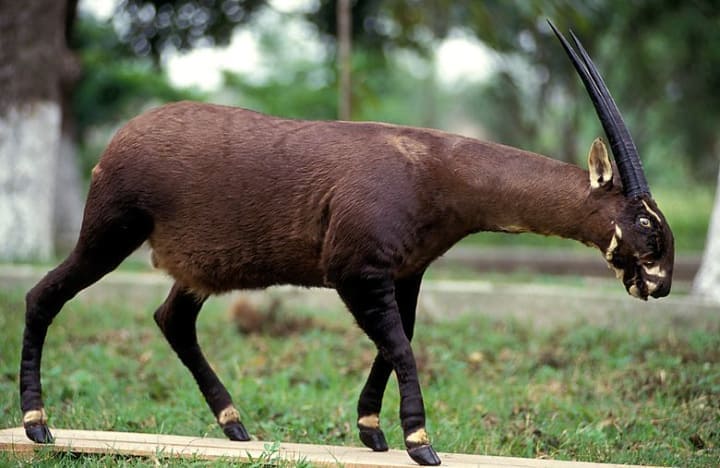
📍 Where: Annamite Mountains
🕒 Best Time: Never seen in the wild since 2013!
🎯 Why Rare? The “Asian unicorn”—fewer than 100 survive.
🦌 How to Help: Support WWF’s camera trap projects.
7. Northern White Rhino – Kenya (Last 2 Females)
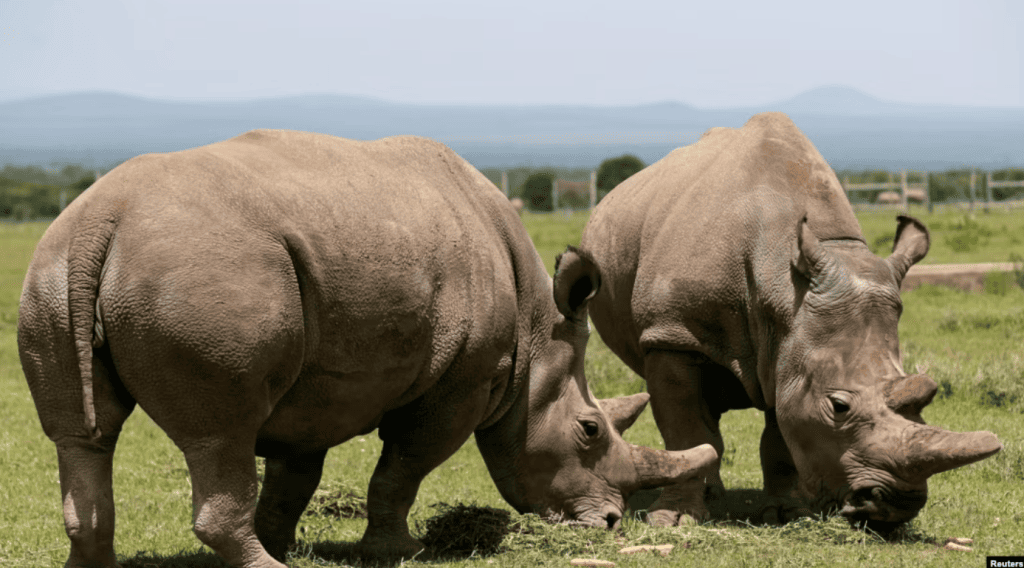
📍 Where: Ol Pejeta Conservancy
🕒 Best Time: Year-round
🎯 Why Rare? Only 2 remain (Najin & Fatu)—the subspecies is functionally extinct.
🦏 How to Visit: Book a rhino-tracking safari—funds go to IVF research.
8. Philippine Eagle – Mindanao, Philippines
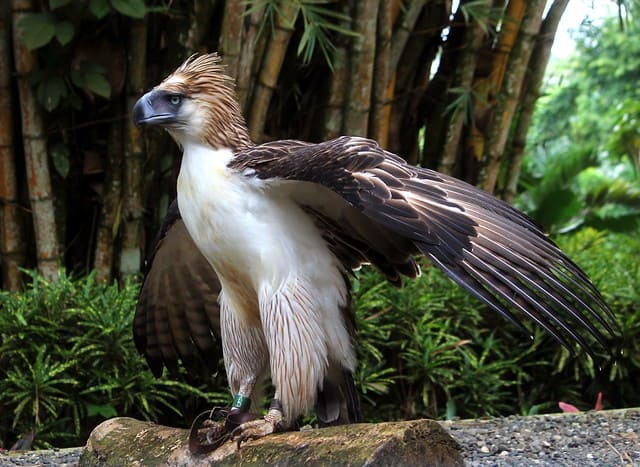
📍 Where: Mount Apo or Davao Eagle Center
🕒 Best Time: November–April
🎯 Why Rare? Only 400 left—one of the world’s largest eagles.
🦅 How to Spot: Guided treks in the rainforest or visit the breeding center.
9. Hainan Gibbon – China
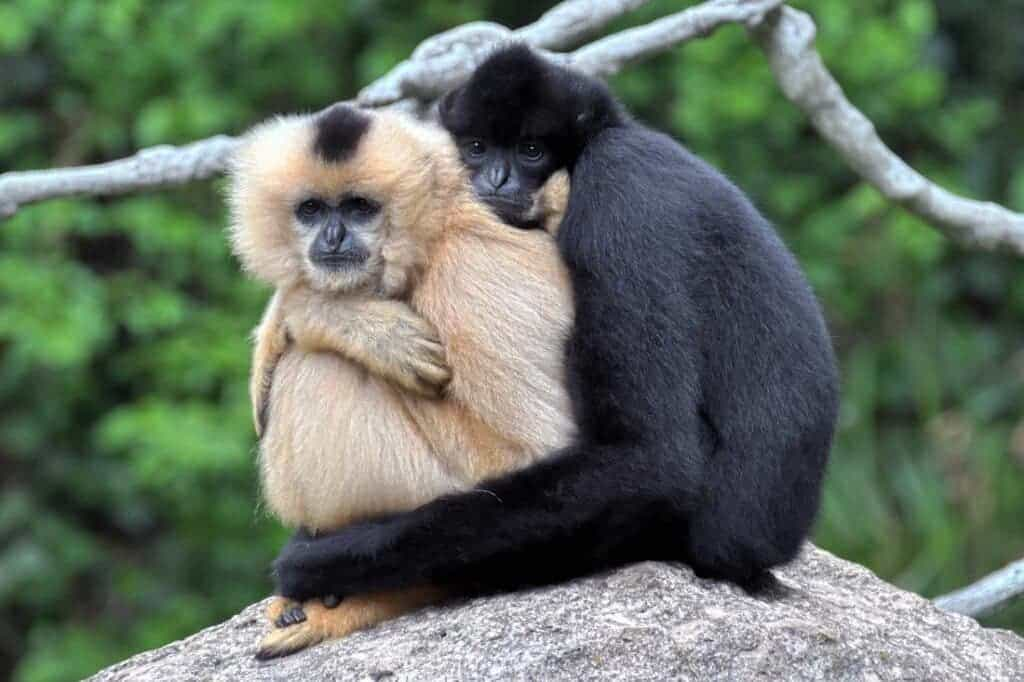
📍 Where: Hainan Island rainforests
🕒 Best Time: Dawn (when they call)
🎯 Why Rare? Fewer than 30—the rarest primate.
🐵 How to Help: Donate to Kadoorie Farm’s conservation program.
10. Axolotl – Xochimilco, Mexico
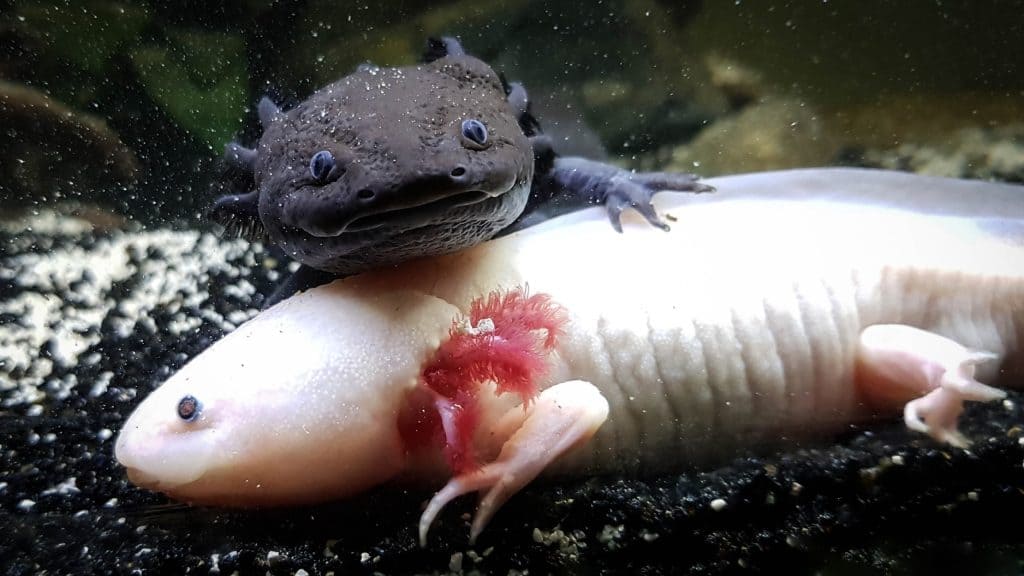
📍 Where: Canals near Mexico City
🕒 Best Time: Year-round (but critically endangered)
🎯 Why Rare? Fewer than 1,000 wild axolotls remain.
🦎 How to See: Visit Chapultepec Zoo or support restoration projects.
⚠️ How to Visit Responsibly
✔ Choose ethical tours that fund conservation.
✔ Never feed or touch wildlife—it alters behavior.
✔ Avoid flash photography (stresses animals).
✔ Report poaching via apps like Wildlife Witness.
🌍 Why Protecting These Species Matters
- Ecosystem collapse—losing one species can trigger a chain reaction.
- Medical research (e.g., axolotls regenerate limbs!).
- Cultural loss—many are national symbols.
Final Thought: Act Now Before They Vanish
Some of these animals may disappear in our lifetime. By visiting responsibly, you help fund their survival.


